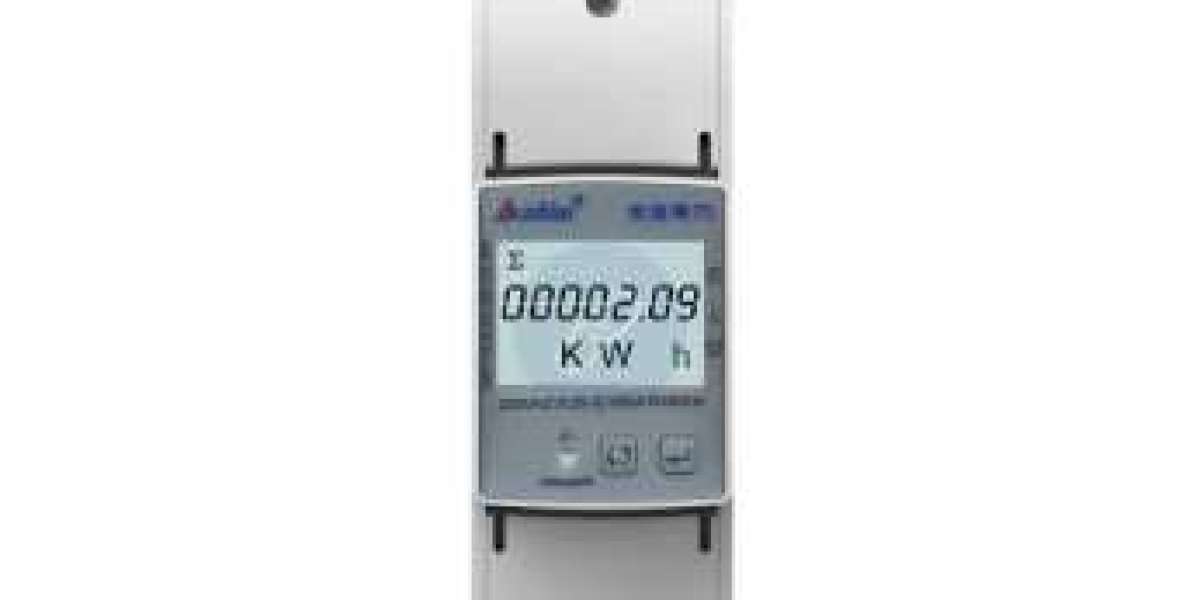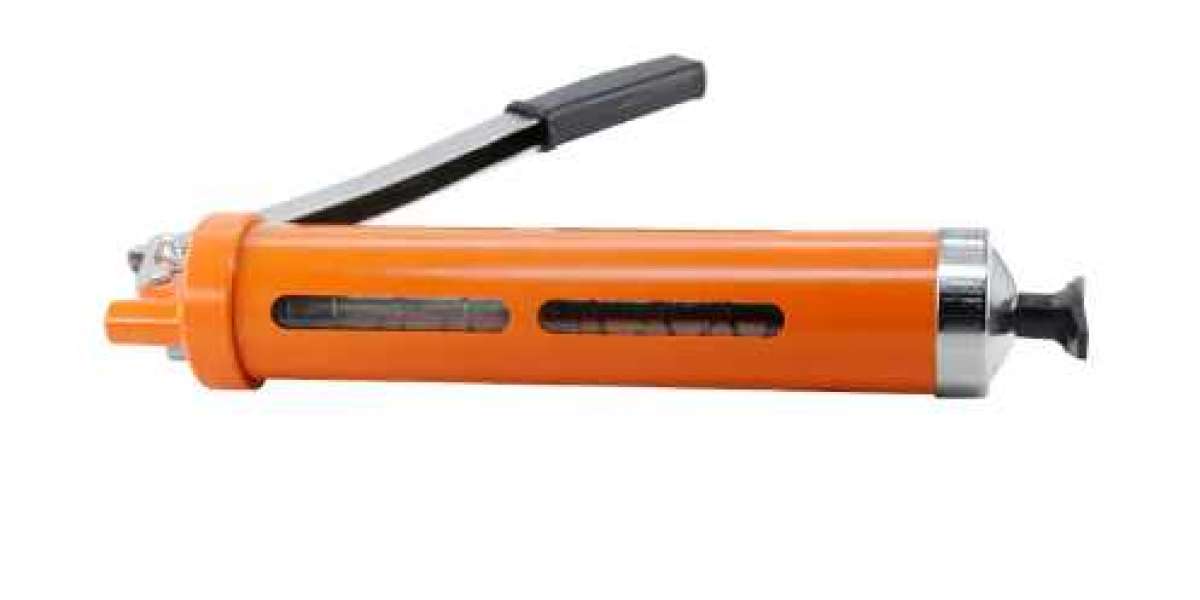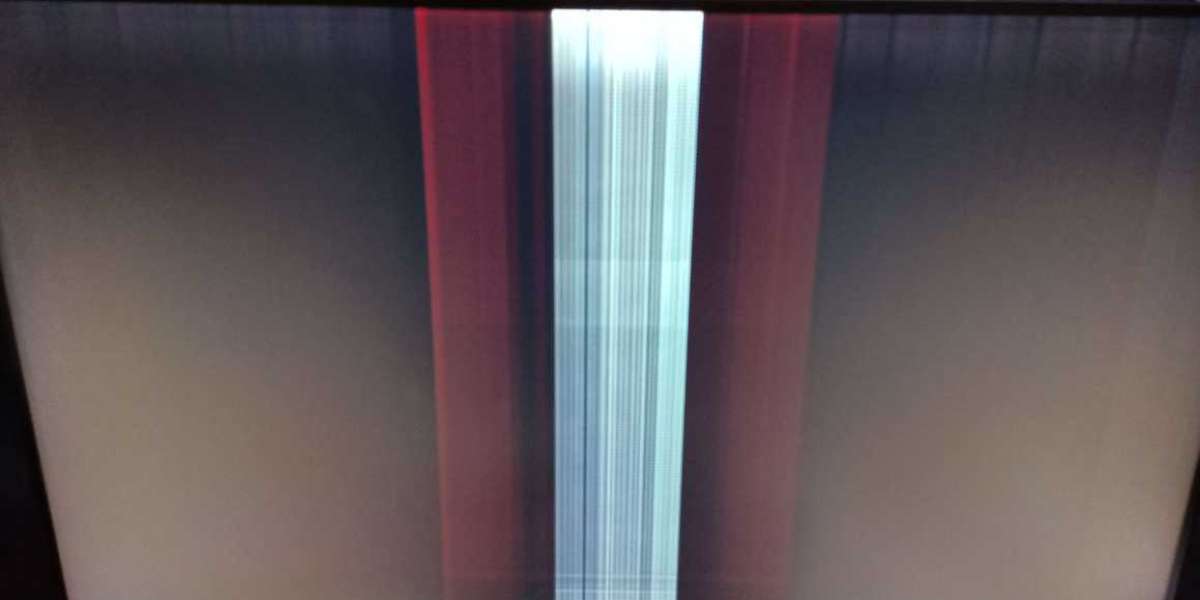Choosing and calibrating a CT meter (Current Transformer Meter) is crucial for ensuring the accuracy of current measurement in various industrial and electrical applications. Here's a comprehensive guide to help you make the right selection and perform precise calibration.
Selection of CT Meter
When selecting a CT meter, consider the following factors:
Measurement Range and Accuracy: Choose a meter with a measurement range that suits your application and ensures high accuracy within that range.
Frequency Response: Ensure the meter can accurately measure currents at the desired frequency.
Environmental Conditions: Select a meter that can withstand the environmental conditions where it will be installed, including temperature, humidity, and electromagnetic interference.
Manufacturer Reputation: Choose a reputable manufacturer known for producing reliable and accurate meters.
Calibration of CT Meter
Calibration is essential for maintaining the accuracy of CT meters over time. Follow these steps for precise calibration:
Preparation: Ensure the CT meter andall associated equipment are in good working condition. Prepare necessary standard materials and calibration tools.
Procedure: Follow the manufacturer's instructions or industry standards for calibration. This may involve using standard current sources to apply known currents and measuring the meter's output.
Data Analysis: Record and analyze the calibration data to assess the meter's performance. Compare measured values to expected values and calculate any errors.
Adjustment: If errors exceed acceptable limits, adjust the meter according to manufacturer guidance.
Verification: Re-test using the same standard materials to verify the calibration results.
Documentation: Document the entire calibration process, including steps taken, data recorded, and final results.
By carefully selecting and regularly calibrating your CT meter, you can ensure accurate current measurements and reliable operation of your electrical systems.














